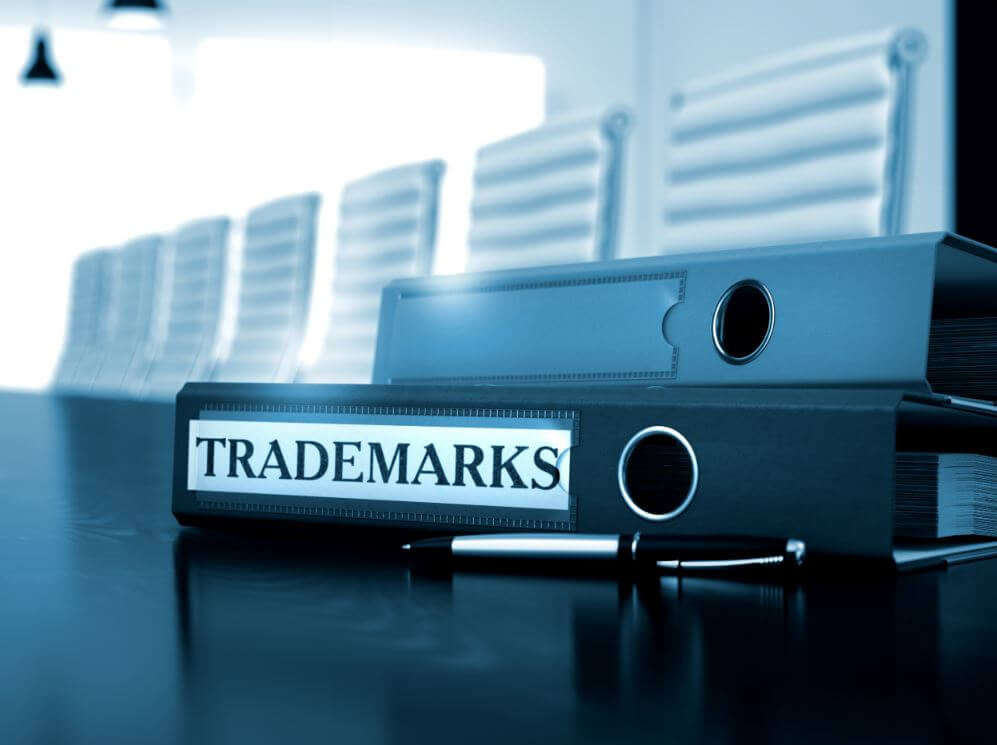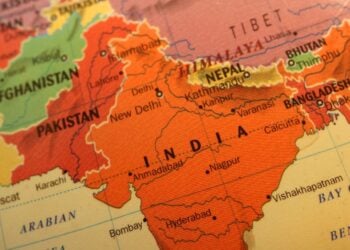On a level playing field, competitors follow the same rules. The reason for this is obvious. If competitors are required to follow the same rules, uncompetitive advantages are minimized. In the IP world, not so level playing fields abound. Since trademark and patents rights are generally nationalistic, rules favoring a country’s own residents are not surprising. But what about rules that do not favor a country’s residents? Surprisingly, there are U.S. trademark laws that favor nonresidents to the disadvantage of U.S. residents.
IT’S ALL ABOUT USE
We have written many times about the requirement of using a trademark in order to obtain a registration from the U.S. Patent and Trademark office. Did you know that a company based abroad or an individual residing in another country can obtain a U.S. trademark registration without using the trademark in the United States? Why does this anomaly exist? Why is it that we treat companies located abroad or individuals residing in other countries better than companies and individuals residing in the United States?
Trademark rights in the United States have traditionally been based on common law use. What is common law use? The definition is quite simple. One only has to sell goods or services under the guise of a trademark to obtain common law trademark rights. Whether a party resides abroad or in the United States, the ability to obtain common law trademark rights is the same. A level playing field exists for this aspect.
Until 1989, a U.S. trademark applicant that resided in the U.S. had to have used the trademark in order to fi le a trademark application. However, well prior to 1989, individuals and companies residing abroad had the ability to fi le a U.S. trademark application without use, an ability directly contrary to the pre-filing requirement of use for U.S. companies and residents to even fi le an application. Why?
THE UNLEVEL PLAYING FIELD
The basis for this disparity started with an intellectual property treaty generally referred to as the Paris Convention, which states in Article 6 that an application for registration “duly registered in the country of origin shall be accepted for fi ling and protected in its original form.” The U.S. trademark statutes were written to mimic this section of the Paris Convention (since the U.S. had previously ratified this treaty) and based on this language, it was determined (judicially) that the “use in commerce” requirement did not apply to such applications for registration.
Thus, an unlevel playing field was created between U.S. and foreign residents, with U.S. residents now at a significant disadvantage. However, earlier common law use of a trademark by a U.S. resident still trumped a later-filed application by a foreign resident who had no common law use in the U.S.
In 1989, intent-to-use trademark applications were introduced into U.S. trademark law, so a U.S. resident could then file a trademark application without prior use. This change in U.S. law gave “constructive use” to the applicant, which then morphed into complete trademark rights once a registration was obtained. However, the requirement of “use” for U.S. residents remained, since the U.S. applicant must provide proof of use of the mark at some point during the application process in exchange for a registration certificate (which perfected the applicant’s trademark rights back to the filing date of the application). Thus, in 1989 the playing field was tilted back a little towards U.S. residents.
MADRID PROTOCOL
The U.S. ratification in 2003 of another treaty, the Madrid Protocol, shifted the playing field back to nonresidents. The Madrid Protocol facilitates trademark registration in multiple countries. Most intellectual property treaties seek harmonization of national laws and the Madrid Protocol is no different. Harmonization is the act of making a country’s national laws conform to a treaty’s provisions. A “No Use” requirement was one of the stipulations of the Madrid Protocol since most countries did not require trademark use to obtain a registration. In other words, if a trademark application was filed utilizing the Madrid Protocol, a member country could not require use of the trademark in that country as a requirement for registration. Since the U.S. already had in effect a statute that mimicked the Paris Convention, adoption of this “No Use” aspect was not controversial. The Madrid Protocol, by providing another avenue for non-residents to obtain a trademark registration in the U.S. without use, tilted the playing field back towards non-residents.
A level playing field in the U.S. trademark registration process is not a likely reality in the short-term. The U.S. trademark registration process has as its cornerstone trademark use, while the rest of the world believes that’s not a big deal.










